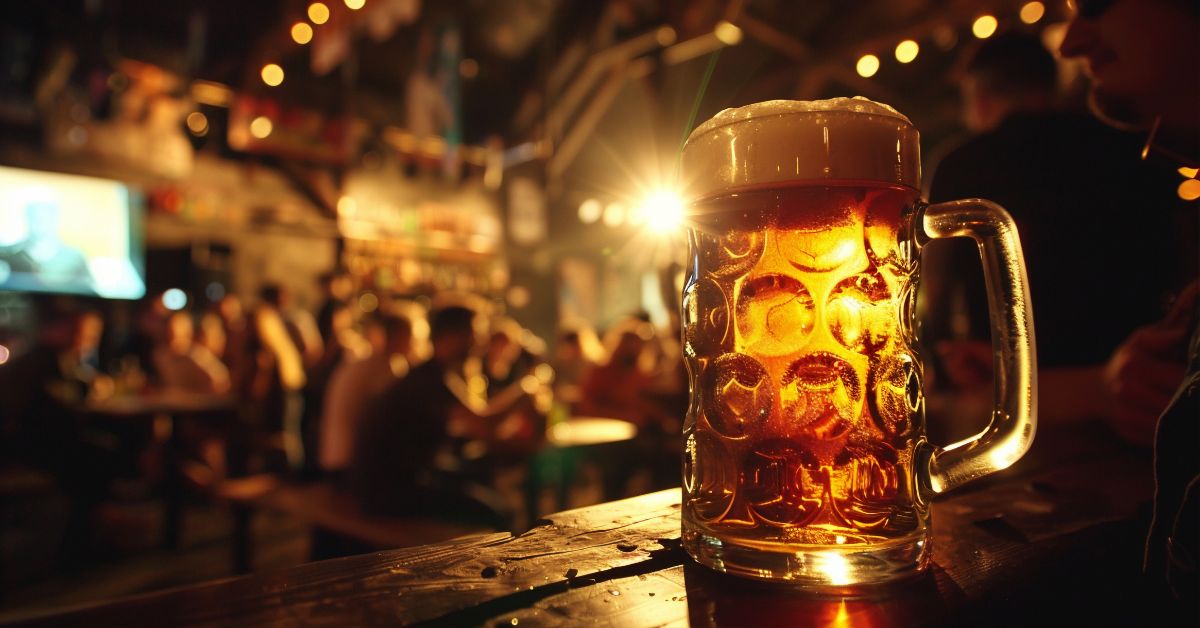Carlsberg CEO Sees Changing Beer Habits, Rising Costs

The picture for brewers already struggling with decreased sales volumes is further clouded by the division of beer drinking habits caused by spending pressures.
As beermakers deal with broader challenges in the beverage industry, Danish brewer Carlsberg said Thursday that consumers are increasingly choosing premium or economy alternatives to their once-loved core beer brands. On Thursday, CEO Aarup-Andersen told CNBC’s ‘Squawk Box Europe’ that consumer preferences continue to show a clear split.
Consumers are mainly choosing between economy brands and premium brands. Therefore, the core brands in the middle will be somewhat squeezed in an atmosphere like this,” he continued.
As customers have resisted price increases and turned to alternatives, beermakers have been struggling with a decline in volume growth for several quarters in a row.
Read: Trump Admin Cuts CA Grant Over Transgender Policies
Carlsberg Reports Decline in Volume Growth
On Thursday, Carlsberg, the world’s third-largest brewer, reported slower volume growth for the second quarter. Even while demand for its high-end and alcohol-free goods increased, organic volumes fell 1.7% over three months, including the recent loss of its San Miguel brand.
This follows last month’s worse-than-expected 1.9% year-over-year drop in second-quarter volumes from Budweiser manufacturer AB InBev, the largest brewer in the world, and a 0.4% drop in Heineken’s volumes during the same time frame.
“There is a slight halt in global consumer expenditure … Consequently, the volumes do not flow as they did a few years ago,” according to Aarup-Andersen.
However, Michel Doukeris, the CEO of AB InBev, stated last month that the company’s sustained rise in revenue and operating profit indicated the “resilience of the beer category,” and Dolf van den Brink, the CEO of Heineken, mentioned resilience in the company’s regional reach.
Shifts in Global Drinking Patterns
Recent constraints on the beverages industry, especially a decline in spirits consumption and continued tariff headwinds from the United States, have partly shielded beermakers.
Despite increasing aluminium levies on beer cans, breweries, which usually rely on local production, are not feeling as pressured to move their manufacturing facilities within the United States.
However, bigger macroeconomic challenges pose a threat to drinking patterns and overall consumer expenditure.
The CEO of Carlsberg stated on Thursday that “a consumer that is holding back” is mostly affecting the company’s core brands, which include its namesake Danish beer as well as Tuborg and Kronenbourg.
Premium and At-Home Consumption Trends
Although he stated that he does not anticipate those economic challenges abating this year, he did observe that buyers are prepared to spend sparingly on upscale luxury goods.
“While our growth categories show growth, core beer is going backwards,” he stated.
The CEO went on to say that at-home consumption is increasing because continuing increases in the cost of a pint are making drinking at bars and restaurants less appealing.
“What we have observed over several quarters is that the on-trade, which includes restaurants and bars, is currently suffering,” he stated.
Supermarkets and retail establishments are the off-trade that is outperforming the on-trade. The shift has been gradual, but not severe.
